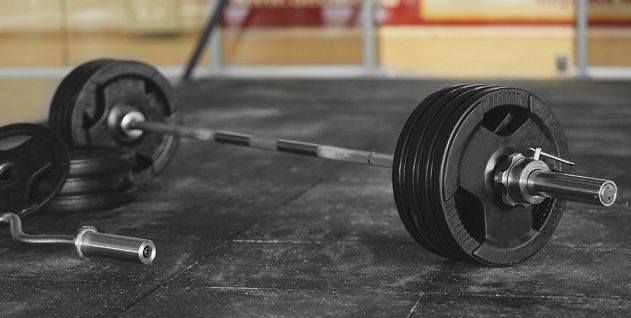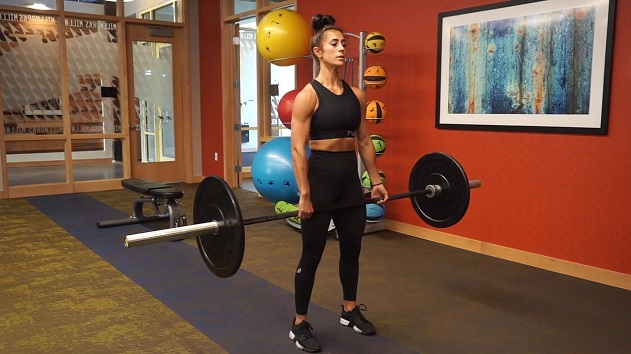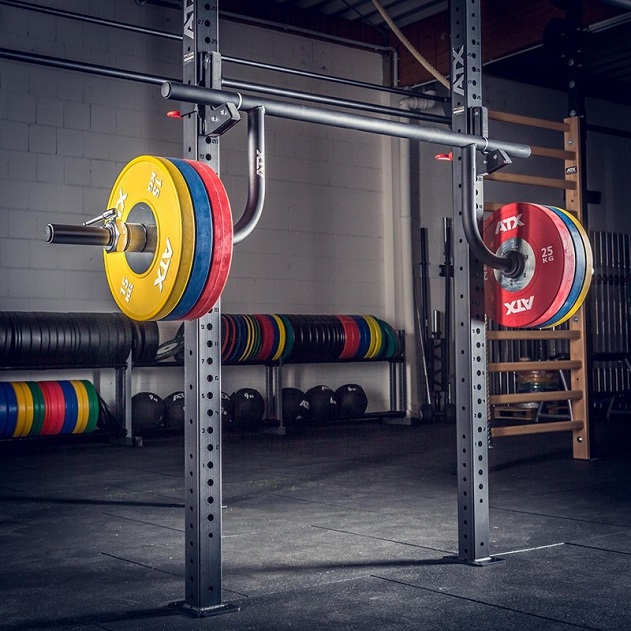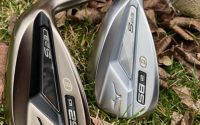Barbell Guide: One Size Doesn’t Fit All
Posted in Sport Equipment By Valentina Lower On September 24, 2021
To the uninitiated, bodybuilding, powerlifting and weightlifting in general, may seem one and the same thing. But to anyone who has done weight training as part of their routine in building muscle, there are stark differences. Both in the end purpose of each sport and the equipment used.
The purpose of bodybuilding is to maximising muscle size and symmetry, while also reducing fat. This is achieved with strength training involving dumbbells, barbells, kettlebells, and various machines like rowers, presses and climbers often in numerous repetitions. Contestants are judged on their physique, and no lifting is done in competition. Powerlifting, on the other hand, is based on overall strength measured in how much you can lift in one repetition. Here there are three types of lifts – the bench press, the deadlift and the squat.
Competitors strive to increase muscle strength in the appropriate muscle groups for each type of lift. Lastly, weightlifting as the only Olympic sport officially recognised here, involves two types of lifts – the snatch and the clean and jerk. The snatch requires lifting the barbell over one’s head in one single action, whereas the clean and jerk is a two-part lift, first lifting the barbell to the clavicles, then thrusting it upward. Competitors must retain a straight body position, and the barbell should be parallel to the ground.
Because of the different types of lifts, and the different techniques involved, barbells used in standard everyday weight training and powerlifting, and Olympic barbells have subtle, though for lifters, significant differences. Now that we’ve defined the different lifting techniques and lift types, let’s see what makes each type of barbell unique.
Olympic Barbells

Professional grade Olympic barbells used in men’s competitions are 220cm long, with a standard competition weight of 20 kilos. There are also barbells designated as ‘Olympic’ and weighing 10 or 15 kilos, although these are used mainly in strength training in gyms. The bar is generally 28mm thick up to the bar ends, or ‘sleeves’. The sleeves in Olympic barbells are 50mm wide and one way to distinguish them from other barbells. Inside the sleeves, there are either bushings or bearings that allow for the attached plates to rotate during lifting and dropping the bar. This is important, as the rotation eases the forward pull of the combined weight of the barbell and plates in the drop, making it easier for the lifter to retain balance.
The materials in Olympic barbells need to sustain a combined weight of over 500 kilos, and most professional-grade barbells go over that number, easily handling around 700 kilos. The bar also needs to have enough elasticity in the lift and sustain the weight when being dropped. Steel is chosen for its tensile strength, while steel alloys like Chromoly, with chrome and molybdenum, take things up a notch. Coatings may be added for longer use and general wear and tear.
Another area where Olympic barbells are different is the placement and width of the marking for gripping, known as knurling. Standard Olympic barbells used in competition have a centre knurl, though these are being dropped by barbell makers for general use. Knurling for gripping is described as mild to aggressive, meaning the slight to more pronounced grooves in the bar. In Olympic barbells, knurlings are placed at a distance of 90 cm and made of non-slip ceramic coating which also increases comfort. In women’s Olympic barbells, the weight is 15 kilos and in a slightly shorter length of 210cm. Compared to men’s barbells there is no centre knurl.
Powerlifting Barbells

Since powerlifting requires few repetitions of extremely large weights and in three different lifts, they’re designed differently from Olympic and standard barbells. Powerlifting barbells are slightly thicker, at 29mm, and are the same length or slightly longer to handle the extra weight. They don’t have the flex of Olympic barbells, meaning they’re more rigid and also miss out on expensive bearings, making them slightly cheaper. Simple bushings are used instead. One area where they differ from Olympic barbells is the depth and placement of the knurling. Knurlings in powerlifting barbells are more pronounced, with rougher textures for better grip. The centre knurling here prevents scraping in squats and deadlifts. The disadvantage is that to avoid cuts or injuries to the hands, most lifters use gloves.
Standard Barbells

Standard or training barbells have lower weight ratings, mostly up to 200 kilos, and include thinner centre bars made of lower-grade steel. They weigh 8-10 kilos. Training barbells have basic sleeve bushings and different knurling markings, generally in less pronounced patterns and depth. You’ll be hard-pressed to find any coatings here. Though basic, they provide for adequate rigidity in strength training repetitions. They’re also the cheapest barbells in this comparison.
Specialty Barbells and Variants

Barbells above are used for larger weights and centre bars are straight. But you’ll also come by other barbell types used in exercising different muscle groups. For instance, cambered squat barbells improve squat technique and body control, Swiss bars allow for adjusting the grip at wider or narrower points to ease the stress on the shoulders, and trap or hex bars are good for the lower back and joint stress. Other popular variants include EZ curl bars, which are great for working biceps and triceps.
If you’re just starting out in weight and strength training it is recommended to start with standard barbells and plates in lower weights. You can also combine these with dumbells and kettlebells and a variety of other equipment in working out different muscle groups. This takes time and advice from professional trainers will see you steadily progress and avoid potential injuries. As you gain strength you can spend more on your home gym by including powerlifting or Olympic barbells with higher weights.
About Author
valentina



